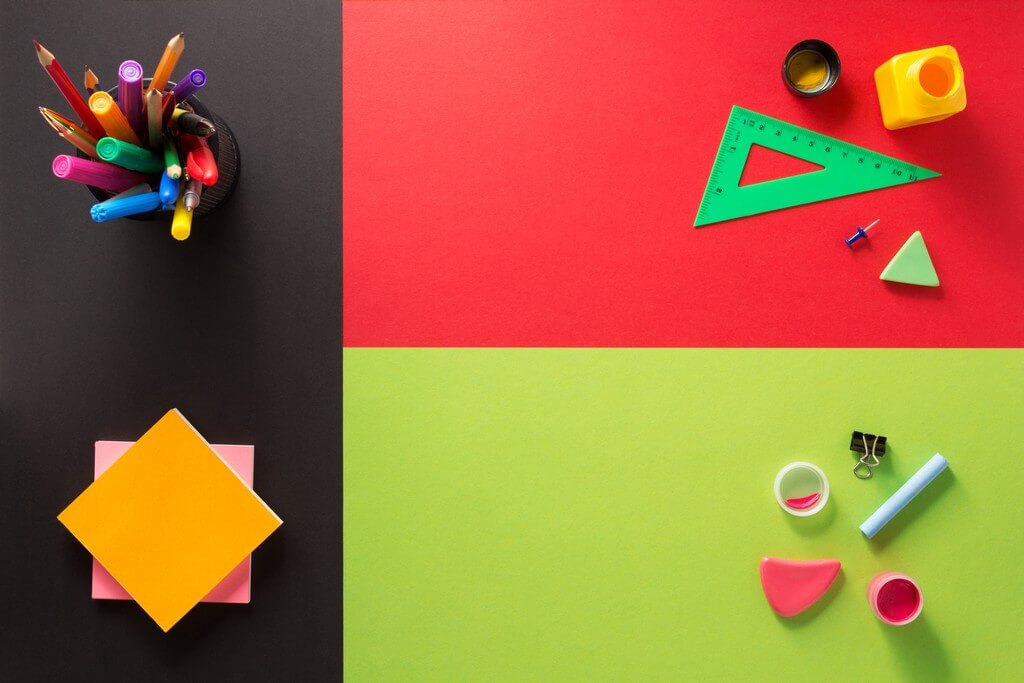Future of Design Education in India

Design in India is nothing new and Design Education is strengthening the roots of culture and tradition in India. The country has a rich culture that extends back centuries, and craft traditions are embedded at every stage of life and lifestyle. From the festivals and rituals to the practices, everything has a design element with a profound purpose. This provides a great foundation and inspiration for modern design understanding.
Indian design is unique because it is based on rich cultural roots. Additionally, as India’s economy continues to grow, the power and influence of design in this context only become stronger and deeper. With such a large population that requires design solutions, Indian designers can bring about change in people’s lives and help integrate different values, aspirations, and cultures. The Indian design industry is increasingly vibrant and growing, with more designers who are supported by a strong educational foundation.
India has made great strides when it comes to design, both in terms of the quality of designers produced and the advancement of design theory and culture. However, we still have work to do in terms of making design a more integral and understood part of the Indian industry. This must be done through continued effort and training so that our designers can compete on a global scale.
Design education and learning have progressed significantly in India over the years, and it shows no signs of slowing down. The design has been a part of everyday life in India for centuries, with a rich culture and traditional craftsmanship. Everything from festivals to rituals has been designed at its core, with each element serving a purpose.

Indian design is unique because it is inspired by the country’s deep cultural roots. Additionally, as India’s economy continues to grow, the power of design in the country becomes even more evident. With such a large population, there is a great demand for design solutions that go beyond aesthetics and can change people’s lives. The design industry in India has seen significant growth in recent years, due largely to the increasing number of design users. This, in turn, has led to an increase in opportunities for design education.
Design education in India is charging ahead rapidly. India has been successful in producing top-notch designers who can compete on the global stage. Although we don’t have many experienced designers, the quality of designers and education is very high. To make the Indian industry more competitive internationally, we need to invest wisely in design education.
The storyline of Indian Design Education and Industry
The design has come a long way from its early days as an art form. Now, designers are seen as builders of the future, thanks to their ability to analyze and solve problems. Designers must be well-versed in aspects of planning, economics, law, communications, marketing, and business know-how to be successful. Additionally, they must always be on the lookout for creative exploration.
Design education teaches students to think creatively and to see the world around them as something that can be changed. It also instills a sense of responsibility in students to use their design skills to solve problems in the world.

When discussing design, we usually reinforce the idea of not starting from scratch, but rather revamping existing thoughts. The framework for Design Education must be updated to fit 21st-century skills, which include learning skills, literacy skills, and life skills. Furthermore, these skills have become essential in today’s technology-driven age. The industry now requires students who can think deeply about issues, solve problems creatively, work well in teams, communicate, learn new technologies, and manage large amounts of information. (https://www.biolighttechnologies.com)
The world is always changing, and that means students need to be flexible too. They should be prepared to act and lead when it’s necessary, and to deliver something new and useful.
Designing with a transdisciplinary approach, comprehensive nature and system-based approach can present new possibilities for learning design thinking. In recent years, there has been an upsurge in recognition of the value of design education, openness to delve into alternate careers, and readiness to spend more on higher education. In short, the design education sector in India will be immensely engaging in the years to come.
 Design institutes are academic organizations that are now being acknowledged by the industry for their work in research for new products. The industry wants to be able to connect with design schools so that they can learn from each other and continue to create new and innovative designs. There is a strong demand to create a design perception and consideration amongst our young lineage of students. Introducing design as an imperative part of the educational program, beneficial academic environment, and bending technology in the curriculum will aid students to be industry ready.
Design institutes are academic organizations that are now being acknowledged by the industry for their work in research for new products. The industry wants to be able to connect with design schools so that they can learn from each other and continue to create new and innovative designs. There is a strong demand to create a design perception and consideration amongst our young lineage of students. Introducing design as an imperative part of the educational program, beneficial academic environment, and bending technology in the curriculum will aid students to be industry ready.
Students must be aware of creative education early on, as it will help them to meet the hopes and expectations of both the student body and the industry. A holistic, interdisciplinary approach to design will produce professionals who can take care of all design aspects, from aesthetics to business to technology.
Design Education in Indian Scenario
The design has come a long way from its roots in drawing and sketching. Today, designers are seen as developers of the future thanks to their ability to identify and learn aspects of planning, economics, law, communications, marketing, and business skills. In addition to their problem-solving and creative exploration abilities, designers today are also well-versed in several different fields, making them essential players in the development of the future.
Design education teaches students how to think about problems from multiple angles. They learn to consider their power to change the status quo and take on responsibility for creating solutions to new social, political, and economic issues. In this way, design education helps students develop into well-rounded citizens, who are prepared to make a difference in the world.
Design is not simply coming up with a new way to do things, it’s about rethinking the way we think about things. According to the University of Stanford, “Design education starts with a metaphor of developing ‘T-shaped’ competence in each student.” The vertical stem of the “T” represents in-depth knowledge of a relevant discipline, which can be analytic disciplines like engineering, business, computing, management, or medicine, or disciplines traditionally taught at design schools. This deep understanding is gained through immersion in the classroom and design studio.
The horizontal top of the “T” is the integrative understanding that allows a designer to incorporate deep knowledge and skills into a way of evolving designs through doing. It grows out of experience in exercising understanding in real-world settings.
Students who learn design thinking have the opportunity to develop new skills that can help them bridge the gap between their thinking and preferred solutions. Design education is becoming increasingly important, and as more people become interested in pursuing alternate careers, the design education sector in India will be very attractive in the coming years.
Design institutes are now being seen as not just places where people go to learn about design, but as potential places for businesses to find new and innovative ideas. Many businesses want to support design schools and their research projects to create new value chains and products. This shift could mean great changes for design education in India.
Critical Changes Required for Indian Design Education
India’s design industry is booming and according to the AISHE survey, there will be a demand for 10,00,00+ designers by 2025. This presents a huge opportunity for those looking to get into the field of design, as there is a lot of growth potential. Designers will play a key role in driving the industry forward and finding solutions to challenges such as sustainability and smart cities.
It is increasingly important to instill design awareness and sensitivity in young students. Making design a mandatory part of the curriculum, exposing students to various possibilities accorded by design, and creating a conducive academic environment that integrates technology will help prepare students for the industry.

Students need to be exposed to creative education early on. This enables them to develop the skills needed to meet the expectations of both the industry and their peers. By introducing the design in a multidisciplinary manner, we can create design professionals who can take into account aesthetics, business, technology, and sociological concerns.
The role of design has changed dramatically in recent years, and designers now need to have a much more specialized skillset that encompasses both visual and technical aspects. This shift indicates that design education needs to evolve to prepare students for the demands of the real world.
The are some areas that require immediate attention to meet mandatory requirements.
- Open-source learning
- Experiential learning
- Employability
- Developing a system of independent thinking
- Critical Thinking
- Creative skills
- Communication
- Application of life skills – Leadership, team building
- AI, technology, automation, and above all
The design market is growing rapidly, which means that the number of qualified designers has to grow exponentially as well. To meet this demand, we need to develop efficiencies in the design process. The design needs to be thought of as a mainstream activity, not just a value-added service, to make a difference to the entire economy.









